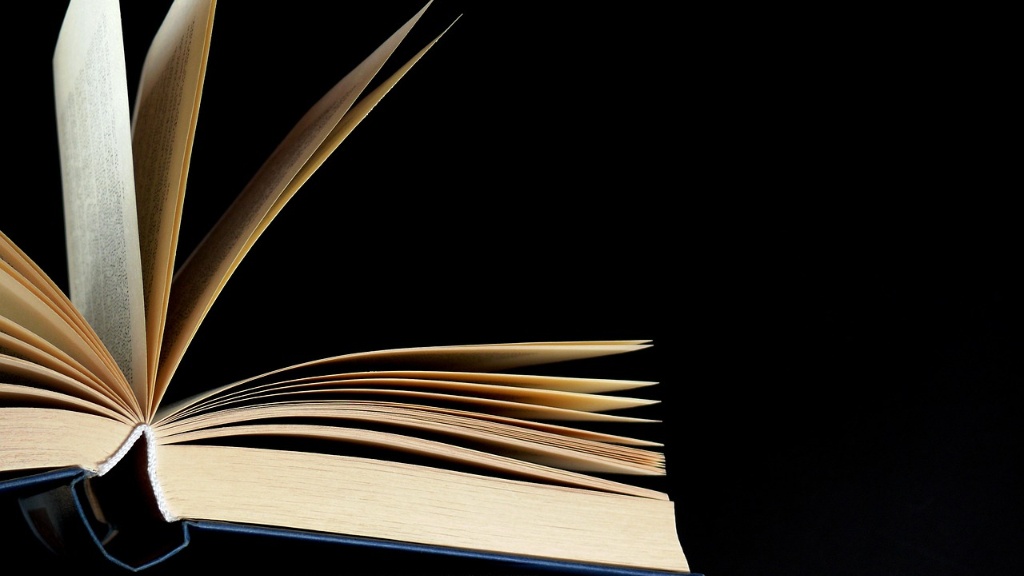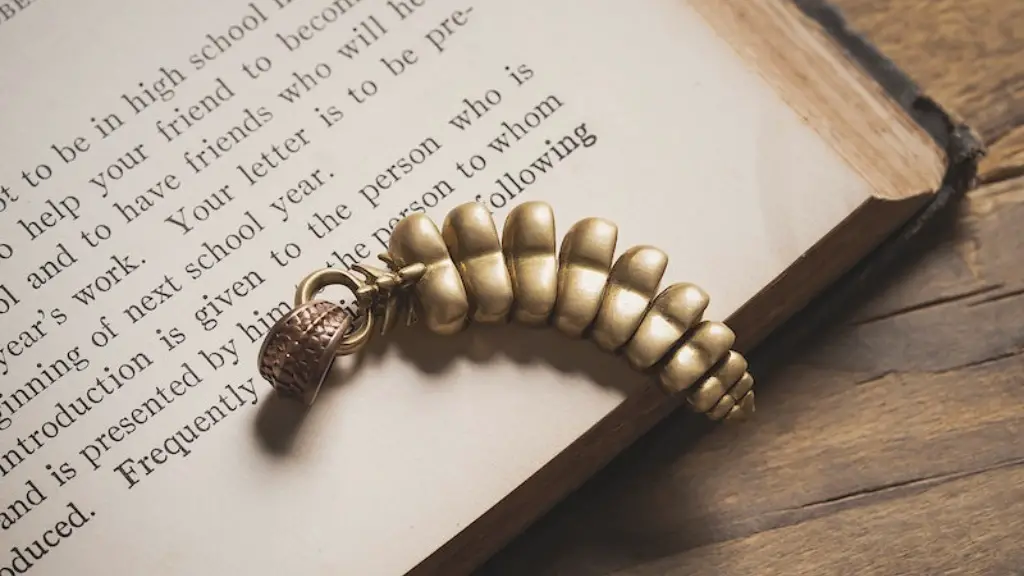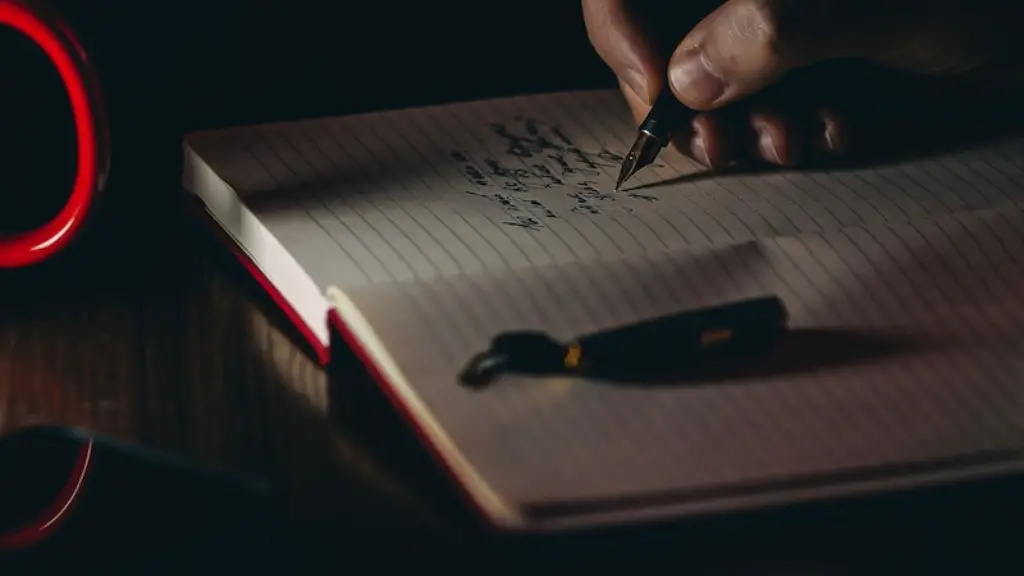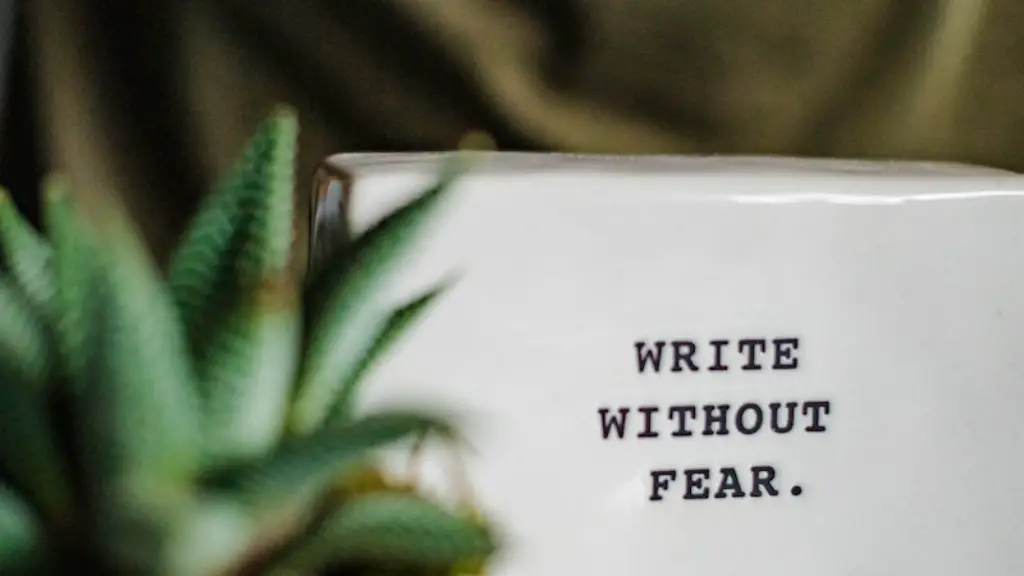In “I’m Nobody! Who are you?” Emily Dickinson poses a profound question that has captured the imaginations of readers for generations. Dickinson knew a thing or two about being nobody; she was a reclusive poet who spent her days in her home in Amherst, Massachusetts, rarely leaving and seldom socializing. Nevertheless, her poetry has resonated with people around the world, and “I’m Nobody! Who are you?” is one of her most famous poems. The speaker in the poem asks the reader to consider what it means to be somebody, and whether it is truly better than being nobody. While the poem is lighthearted and humorous on the surface, it contains a deeper message about the value of being yourself and being happy with who you are.
I’m nobody! Who are you?
Are you nobody, too?
Then there’s a pair of us – don’t tell!
They’d banish us, you know.
What is the main theme of the poem I’m nobody who are you?
This short poem by Emily Dickinson is all about self-identity and everything that comes with it. The poem is only two stanzas, eight lines long, but it packs a lot of punch. Dickinson uses dashes, unorthodox punctuation, and beautiful words to create a poem that is both powerful and moving.
When somebody says “I am a nobody,” it can mean different things. It can mean that the person has no body and is absent, or it can mean that the person is present but not at all important.
The word “nobody” is written with a capital “N,” which makes it look like a name or an identity. So already there is a contradiction in being a “nobody” as an identity.
What is the tone of the poem I Am Nobody by Emily Dickinson
The speaker in this poem may not be somebody important, but they still have a sense of cheerfulness. Even though the overall theme of the poem is quite serious, Dickinson uses an ironic tone to make it more light-hearted. This ironic tone helps to emphasize the speaker’s self-negation, which is an important part of the poem’s message.
Hope is a beautiful thing. It’s the light in the dark, the little voice that tells you to keep going. Hope is what makes us human. It’s what gives us the power to dream, to love, to overcome. Hope is the thing with feathers that perches in the soul and sings the tune without the words and never stops at all.
What is the moral lesson of I’m nobody who are you?
It is actually quite nice to be a Nobody rather than a Somebody. Anonymity is preferable to fame or public recognition.
The poem is about how children often blame their mischievous deeds on someone else, in this case “Mr. Nobody.” Even though the children know that they are the ones responsible for their actions, it is easier for them to blame it on someone else to avoid being scolded. This is a light-hearted poem that paints a picture of family life, where children are often mischievous but are loved unconditionally by their family.
What kind of poem is I’m nobody?
Who are you?
Who are you, really?
Are you the person that I see,
Or are you someone else entirely?
Are you the one who makes me laugh,
Or the one who makes me cry?
Are you the one who’s always there,
Or the one who’s always gone?
Who are you, really?
I may never know for sure,
But I’ll keep asking anyway,
Because I need to know…
Who are you?
Emily Dickinson believed in living her life privately. This is a belief she conveys in several of her poems, including this one. Dickinson intensely believed that the thoughts of one’s mind were meant to be kept private, or privately shared, but never sold. These ideas come through in ‘I’m Nobody!
What disease did Christina Rossetti have
Graves’ disease is an autoimmune disorder that results in the overproduction of thyroid hormones. This can lead to a variety of symptoms, including anxiety, depression, weight loss, and fatigue. Graves’ disease can be life-threatening if left untreated, but with proper medical care, most people with the condition can live normal, healthy lives.
The poem’s audience is closely tied to it through rhyme, which makes them part of the whole. This whole is a swamp, something that sucks one in and doesn’t allow for individuality or identity.
What poetic devices are used in I’m nobody who are you?
The poem employs alliteration, anaphora, simile, satire, and internal rhyme but no regular end rhyme scheme However, lines 1 and 2 and lines 6 and 8 end with masculine rhymes. This poem is full of literary devices, making it a fun and interesting read. The satire and internal rhyme add humor and depth to the poem, while the alliteration and anaphora create a catchy, sing-song quality. This is a great example of a poem that uses a variety of devices to create a unique and enjoyable experience for the reader.
It is interesting how Dickinson compares popular people to frogs. She is basically saying that they are stuck in their own little world and will never become princes no matter how many kisses they get. It is a clever way to look at things and it makes you think about how people who are always in the public eye must feel.
What does Emily Dickinson suffer from
From the research that has been conducted, it appears that Emily Dickinson may have actually suffered from severe primary hypertension instead of Bright’s disease. This is a very serious condition that can lead to heart failure or a brain hemorrhage. It is important to be aware of the symptoms of this condition so that proper treatment can be received.
There are many different ways to be healthy. Eating healthy foods, exercising, and getting enough sleep are just a few of the things you can do to stay healthy. It’s important to find what works for you and to make healthy choices that you can stick with for the long term.
Why is Emily Dickinson a genius?
Emily Dickinson was a prolific poet who left behind a vast collection of her work, as well as personal letters and journal fragments. These writings provide insight into herinner thoughts and feelings, and the few facts we know about her life suggest that she was a genius. Her work is remarkable for its depth of feeling and expression, and she is renowned for her unique style and use of language.
The poem Brave New Girl by S. K. Anthony is a great reminder that we all face challenges in life, but we can overcome them if we face them with courage and spirit. The poem teaches us that these challenges can actually help us grow and reach our potential if we face them head on. So the next time you’re faced with a challenge, remember to be brave and face it with courage!
What is the significance of line 3 in I’m nobody who are you
Line three is significant in that is shows that the speaker is not alone in being a “nobody.” This idea of companionship among nobodies conveys that even though they may not be somebody in society’s eyes, they can still find companionship with one another. This contrasts with the idea of isolation, which implies that the speaker has never met another nobody before and is not sure how to respond.
I agree with the speaker that the soul does naturally reject the outside world in favor of her own inner circle. I think this is because the soul knows that she can only find true happiness and fulfillment within herself and her own company. The outside world is full of distractions and things that can lead us astray from our true path. I think it is important to listen to the soul and trust its guidance.
Warp Up
“Am nobody! Who are you?
Are you nobody, too?
Then there’s a pair of us — don’t tell!
They’d banish us, you know.
How dreary to be somebody!
How public, like a frog
To tell your name the livelong day
To an admiring bog!”
In conclusion, Emily Dickinson’s “Am Nobody” is a powerful poem that speaks to the human condition. It is a melancholy poem that reflects on the insignificance of the individual in the grand scheme of things. However, despite this, the poem also highlights the beauty in being nobody. In a world where everybody is trying to be somebody, Dickinson reminds us that it is okay to be nobody.





